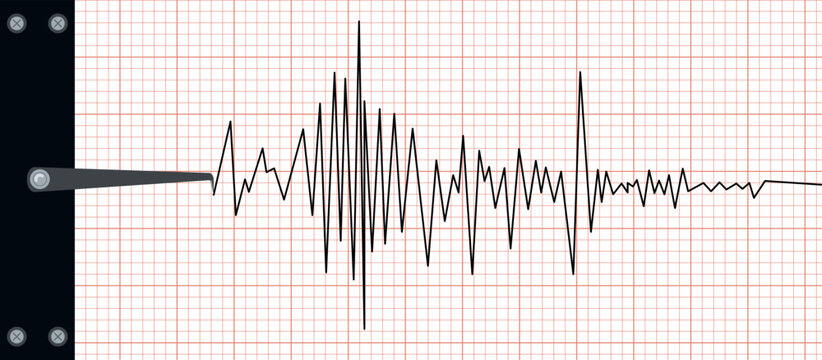Unmasking Deception: The Truth Behind Lie Detector Tests
Unmasking Deception: The Truth Behind Lie Detector Tests
Blog Article

In a world where honesty is valued above all else, the quest to uncover deception has led to the development of various methods and tools. One such tool that has long captured the imagination of both the public and professionals is the lie detector test. Designed to measure physiological responses to specific questions, these tests are often seen as a reliable indicator of truthfulness. But how accurate are they, and can they truly unmask deception?
Lie detector tests, also known as polygraphs, operate on the premise that lying triggers distinguishable physiological changes in the body. By measuring indicators such as heart rate, blood pressure, respiration, and skin conductivity, examiners aim to identify shifts that may suggest deception. While the idea of a machine detecting lies sounds like something out of a sci-fi movie, the use of these tests has been a common practice in various settings, from criminal investigations to employment screenings.
History of Lie Detector Tests
The concept of lie detection dates back to ancient times, with various methods employed to uncover deception. However, it was in the early 20th century that modern lie detector tests began to take shape. The first polygraph machine was invented by John Augustus Larson in 1921, marking a significant advancement in the field of forensic psychology.
Over the years, the use of lie detector tests has been surrounded by controversy and debate. While the polygraph gained popularity in the mid-20th century for its potential to uncover the truth, critics raised concerns about its reliability and accuracy. Despite these criticisms, lie detector tests have been utilized in various fields, including law enforcement, national security, and employment screenings.
Advancements in technology have led to the development of more sophisticated lie detector tests, such as computerized polygraphs and voice stress analysis. These advancements aim to improve the accuracy and effectiveness of lie detection methods, providing both proponents and skeptics with further insights into the complex nature of deception detection.
How Lie Detector Tests Work
Lie detector tests, more scientifically known as polygraph examinations, operate based on the premise that a person's physiological responses can indicate deception. These tests typically measure multiple physiological indicators like heart rate, blood pressure, respiration, and skin conductivity simultaneously. The underlying assumption is that when a person lies, these physiological responses tend to change in a detectable pattern.
During a polygraph examination, the test subject is asked a series of questions by the examiner while connected to the polygraph machine. The questions usually include control questions that establish the person's baseline physiological responses, relevant questions about the specific issue being investigated, and comparison questions that are designed to evoke emotional reactions. By comparing the responses to different types of questions, the examiner aims to identify patterns suggestive of deception.
The interpretation of lie detector test results is not purely objective and can be open to interpretation by the examiner. The examiner reviews the gathered data and looks for significant deviations in the physiological measurements that might indicate deception. While polygraph tests are widely used in certain contexts like pre-employment screening or criminal investigations, their accuracy and reliability have been subject to debate and scrutiny within the scientific community.
Lie detector exam
Limitations of Lie Detector Tests
Lie detector tests are not foolproof and can often provide inaccurate results. Factors such as the psychological state of the individual being tested can significantly impact the reliability of the test. Stress, anxiety, or physical conditions can all interfere with the accuracy of the results.
Moreover, the interpretation of lie detector test results is subjective and can vary depending on the examiner's expertise. Different examiners may interpret the same results differently, leading to inconsistencies in the outcomes of the tests. This subjectivity undermines the overall reliability of lie detector tests as a definitive tool for detecting deception.
Additionally, some individuals may be able to manipulate the results of a lie detector test through various techniques such as controlled breathing or mental exercises. These countermeasures can fool the test and produce false-negative results, casting doubt on the effectiveness of lie detector tests in accurately identifying deception.
Report this page